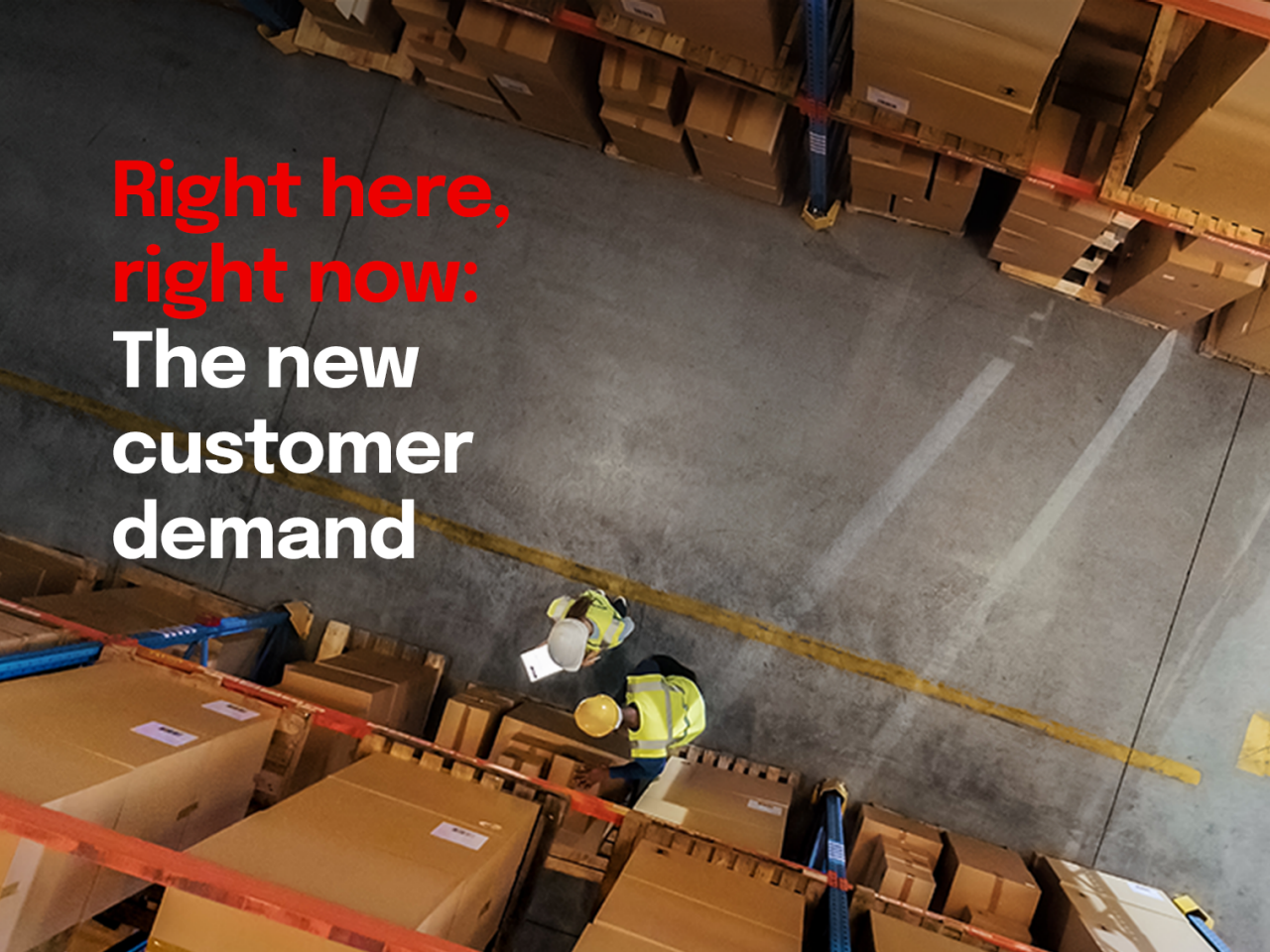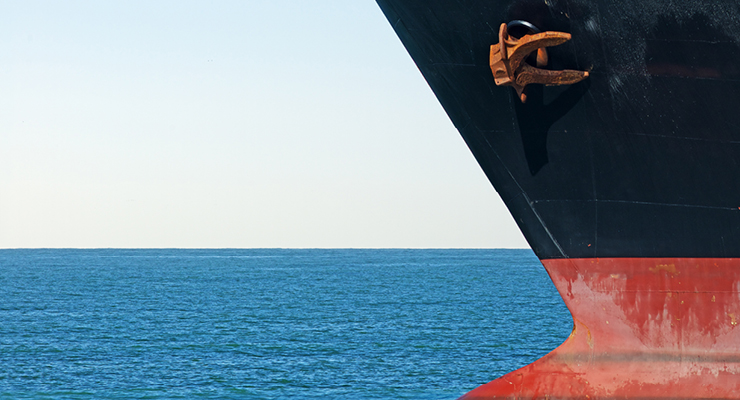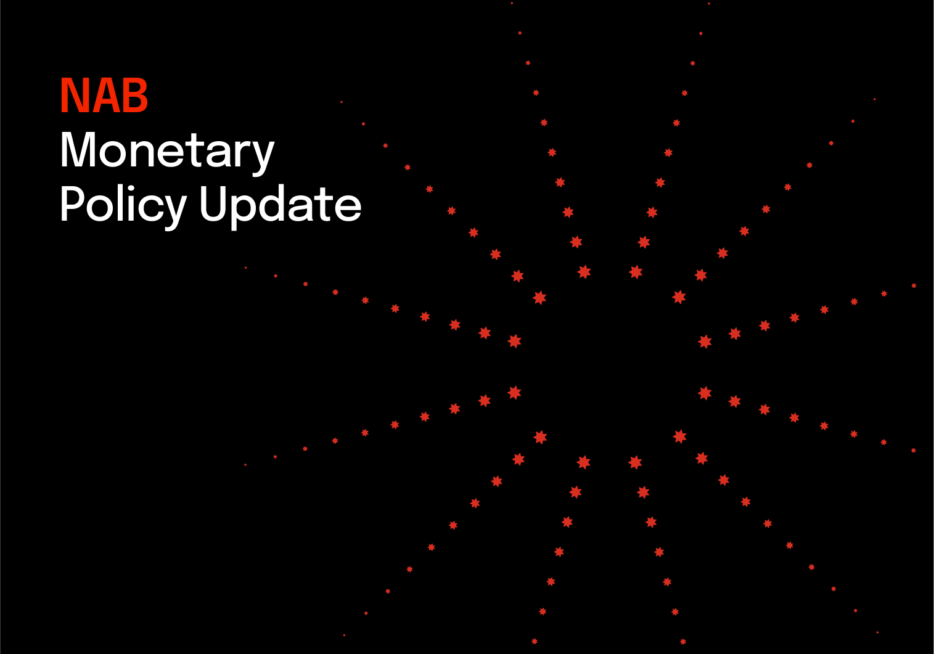18 July 2025
August 21, 2022
How our trading businesses navigated a perfect storm
Currency fluctuations, labour shortages, shipping logjams – it’s been a troubled two years for trading businesses. In the third instalment of our Supply Chain Q&A; series, our industry experts look at the outlook for this critical part of the Australian economy.
By Business View

For millions of Australians, shopping from the comfort of their sofa – be it for a new pair of sneakers or a new sofa – is a part of everyday 21st-century life. It doesn’t matter that international shipping is projected to take three weeks – the price and ease of ordering are worth the wait.
But what if their order doesn’t arrive within the designated window, or at all? Do they make a frustrated phone call to customer service, leave a bad review on social media or demand a refund? For a trading business – whether they supply to retailers, wholesalers or direct to consumers – dealing with this scenario is a daily reality.
The past two years have seen trading businesses challenged by everything from supply chain congestion and labour shortages to rising consumer expectations, as well as constantly emerging risks. As these crucial businesses look to the future, Michael Saadie, NAB’s Executive Business Banking Metro, speaks to two industry insiders about how Australian businesses have adapted and what they are doing to capitalise on ever-increasing consumer demand.
Supply Chain Q&A participants
- Host: Michael Saadie, Executive Business Banking Metro at NAB
- Speaker: Bill Cole, Partner, International Trade, BDO
- Speaker: Jackie Cooper, Executive, Trade & Working Capital Business & Private Banking at NAB
Michael Saadie: With increasing supply chain costs, labour shortages and heightened consumer demand, we’ve seen businesses having to adapt radically. For example, we’ve heard of many trading business owners switching to different or multiple roles, getting back on the tools and working long hours. What is your take on the state of play for trading businesses right now, and where are they heading in the near future?
Bill Cole: Of course, supply chains have been under enormous pressure, causing trading businesses’ cost structures to blow out to several times what they were before. We still haven’t seen that fully passed through to consumers, but it will have to happen and that will create significant inflationary pressure.
As well as international shipping delays, there’s been concentration and ‘choke points’ in Australian ports, which also impacts delivery times.
As a result, trading businesses are looking to hold more stock because they have to wait so long for it to arrive. This means they need additional working capital. Access to finance is one of the top three drags on the growth of a trading business – it can be the difference between trading and not trading. Sometimes, the risk profile banks use to assess trading businesses mean they have trouble accessing finance, and as a result SMEs can look for alternative sources of financing such as private equity.

Jackie Cooper: As Australia’s largest business bank, we continue to partner with and support trading businesses using their balance sheet. Our trade finance lending is up 38 per cent and invoice finance lending is up 20 per cent.
We know that businesses will continue to adapt to the changing conditions, as they always have. As international borders reopen this should provide a release valve for businesses grappling with staffing and labour shortages. Alongside this, they are rising to the challenge of how to retain the best people and avoid ‘key person’ risk – letting so much responsibility rest with one person that the business falls apart without them.
And new challenges are arising all the time. Trade tensions have a knock-on impact on supply because the global supply chain is interconnected. For example, a stranded container ship shuts down the Suez Canal affecting the whole world’s trade. Recently, we’ve had more change – sanctions against Russia as a result of the Ukraine war, for example, which has had a knock-on impact for world trade. So, trading businesses need to know how to mitigate risk and navigate uncertainty in a world where anything is possible.


Michael Saadie: Trading businesses have become experts in finding different ways to do things. They have been looking closely at their operations and mapping them to find where their dependencies are and what they can do to overcome them. This can include everything from rethinking their logistics processes to being more fluid in their pricing. What other strategies are you seeing them use to forge a path forward?
Bill Cole: Businesses are looking at hubbing – putting in place multiple sources of goods to have the best chance of capturing opportunities.
Diversification is also important when you are talking about trading partners (for example, relationships with China). Businesses have been looking to places like Vietnam and Indonesia.
Eventually, they may look to onshoring or re-onshoring their capacity to move production to domestic from international. There has been a patchwork of government incentives for this, but it is likely to take years to come into effect.


Jackie Cooper: Many are also taking advantage of low interest rates and the government’s instant asset write-off, opens in new window to upgrade their equipment. While this new equipment makes their businesses more efficient, and helps alleviate pressures on costs and resourcing, it has been absolutely necessary for many local manufacturers and logistics companies given the lack of available human labour.
Not only have customers invested in their equipment, they have looked to invest and improve their stock management systems or ERP software. The move from ‘just in time’ to ‘just in case’ inventory has seen many of our customers hold more stock, forcing them to ensure they have sufficient working capital lines in place to manage those costs.
With continued global uncertainty and rising inflation, trading businesses are also focused on managing risks. Customers are looking to distribute supply chains to new markets and take on new suppliers, resulting in an increased need to manage counterparty risk with the use of letters of credit. With longer periods between ordering and payment for goods, there is also an increased risk of foreign currency movement resulting in the need to use foreign exchange hedging products.
Michael Saadie: Let’s switch gears now and discuss the positives for the industry. Because without trading businesses, our economy – which imports and exports hundreds of billions of dollars of goods every year, opens in new window – would be unable to function. What are some examples of opportunities they can take advantage of?
Bill Cole: There are lots – for example, the new free trade agreement with the UK. That has already started to enliven discussions with London financiers about trade finance.
At the same time, the past couple of years have brought increased business resilience and focus. Businesses should always do their due diligence on their capacity to serve global markets, because an SME can be wiped out on a single transaction. Of course, a single transaction can also make them, but it shouldn’t be a roll of the dice.
The initial focus should always be about building a strong business, with all the controls and fundamentals in place. That should be a stepping-stone to trading internationally – that’s how you ensure firm and sustainable growth.
Michael Saadie: It certainly seems like the businesses that have remained trading through all the recent turmoil have those business fundamentals in order and are well positioned to take advantage of opportunity. So there is a lot to look forward to for those that get their strategy right.
Thanks Bill and Jackie for your time.
Business Business View


